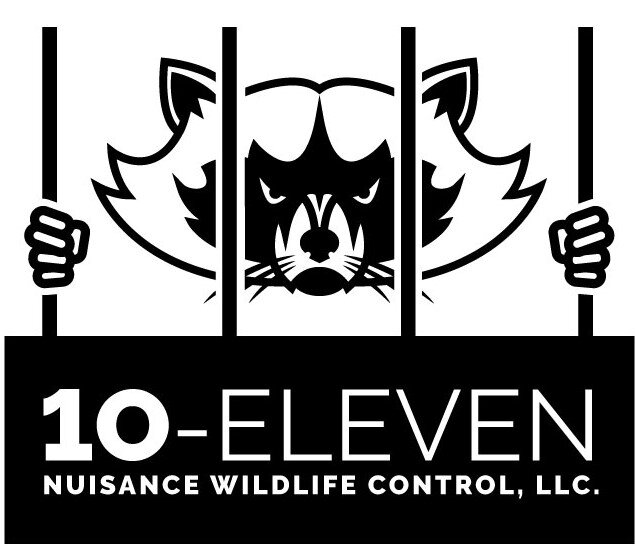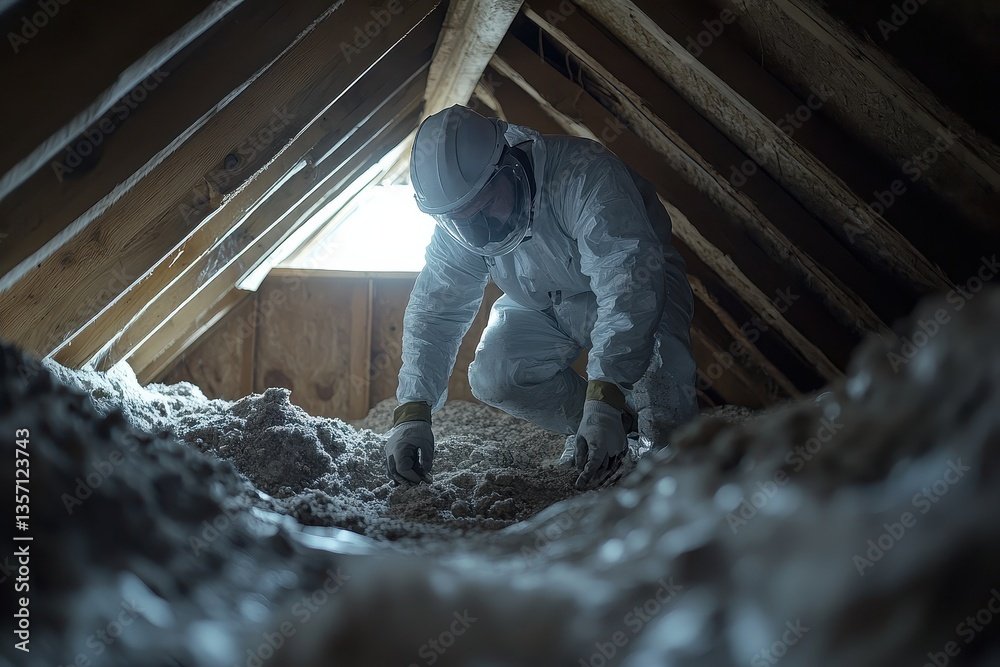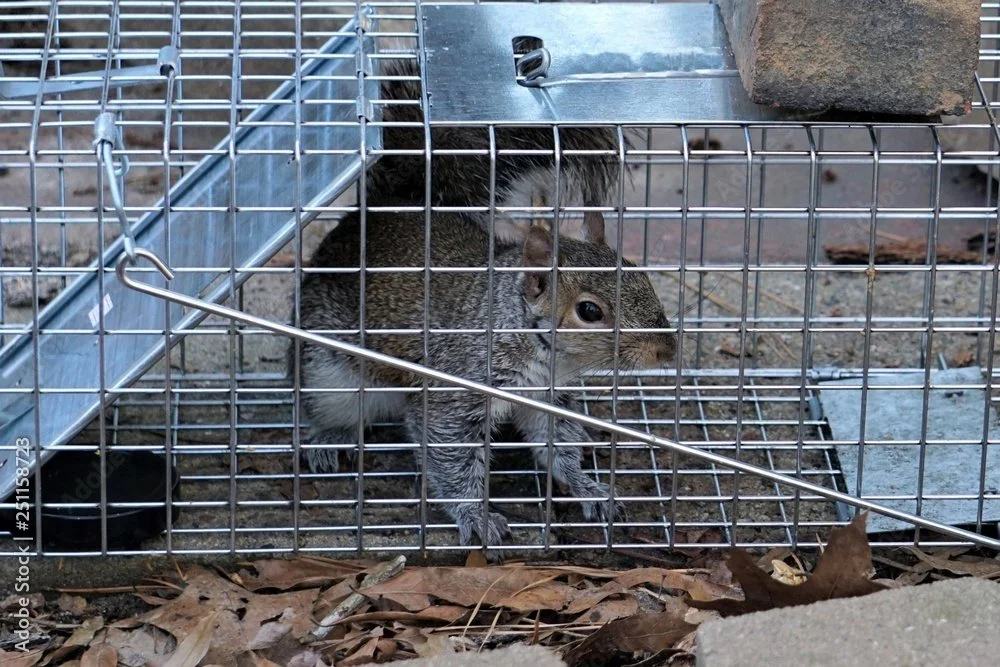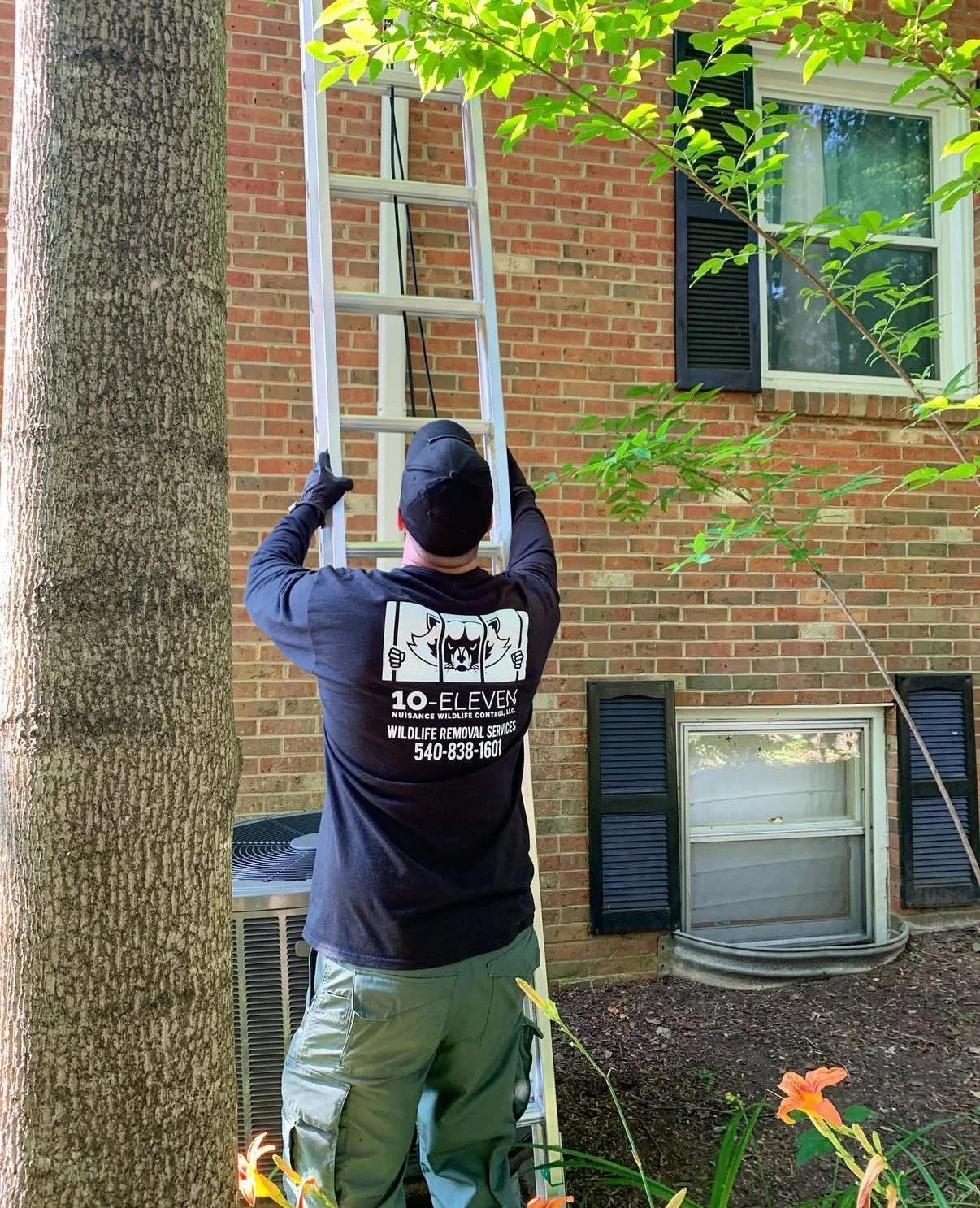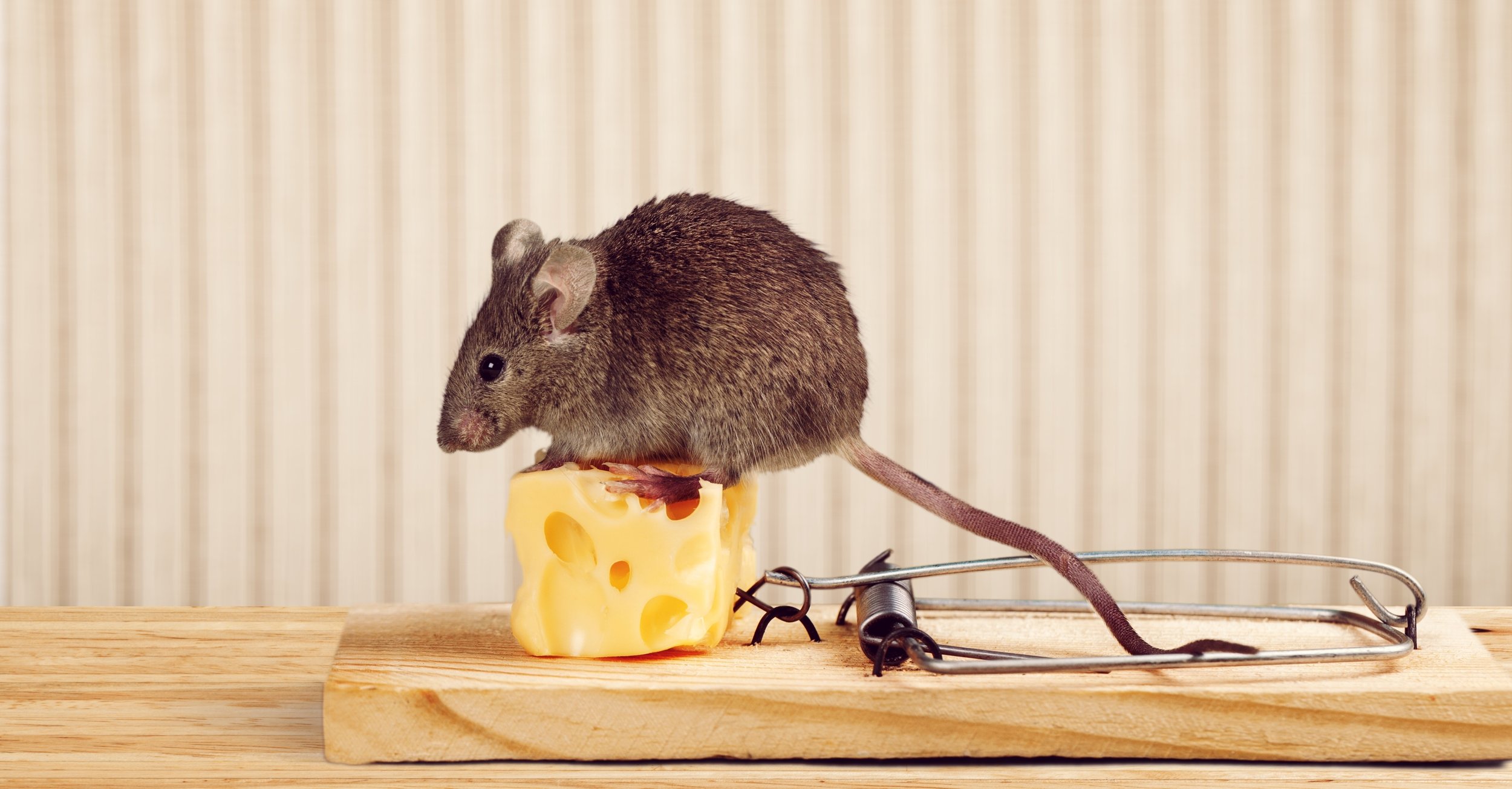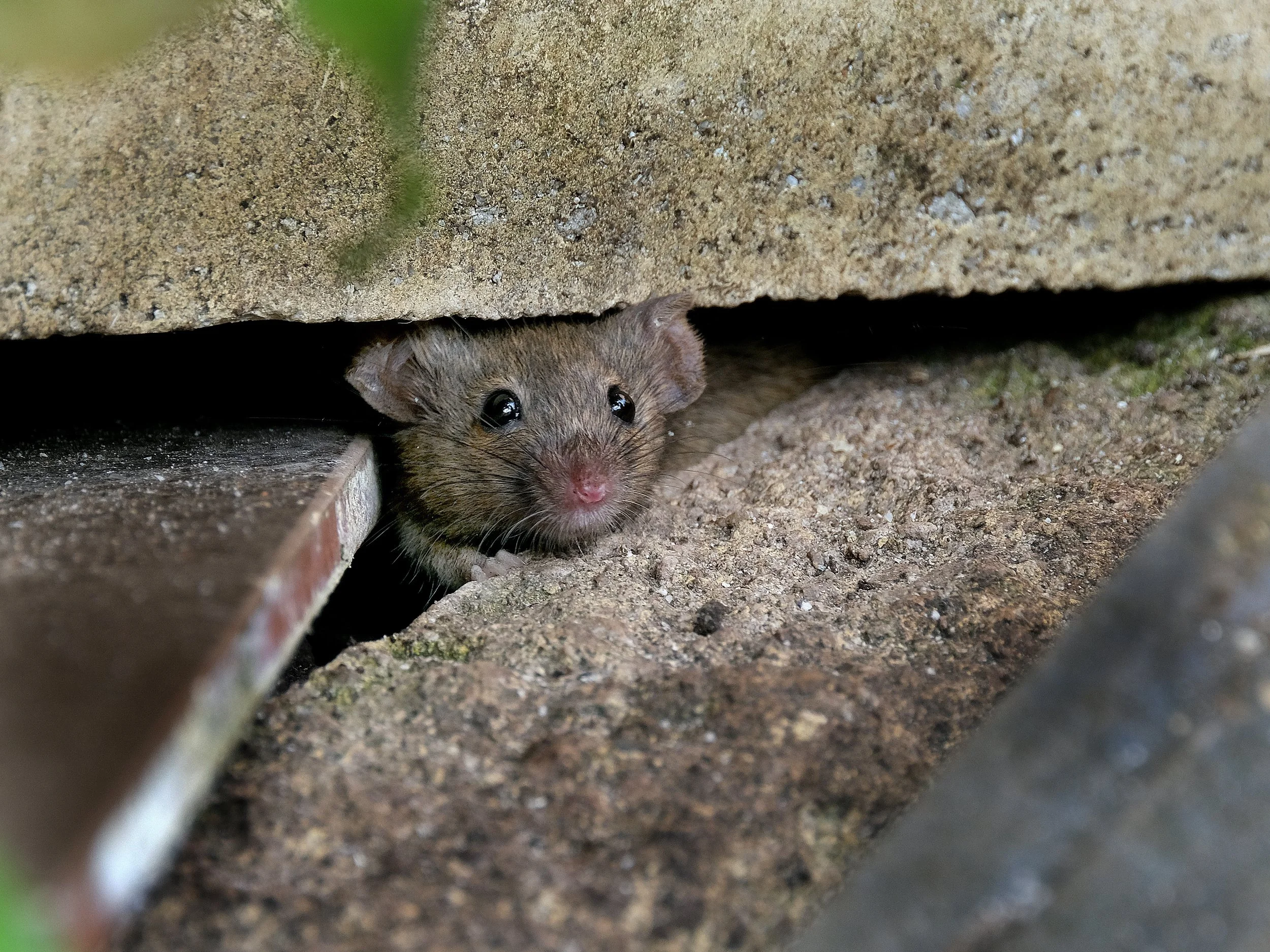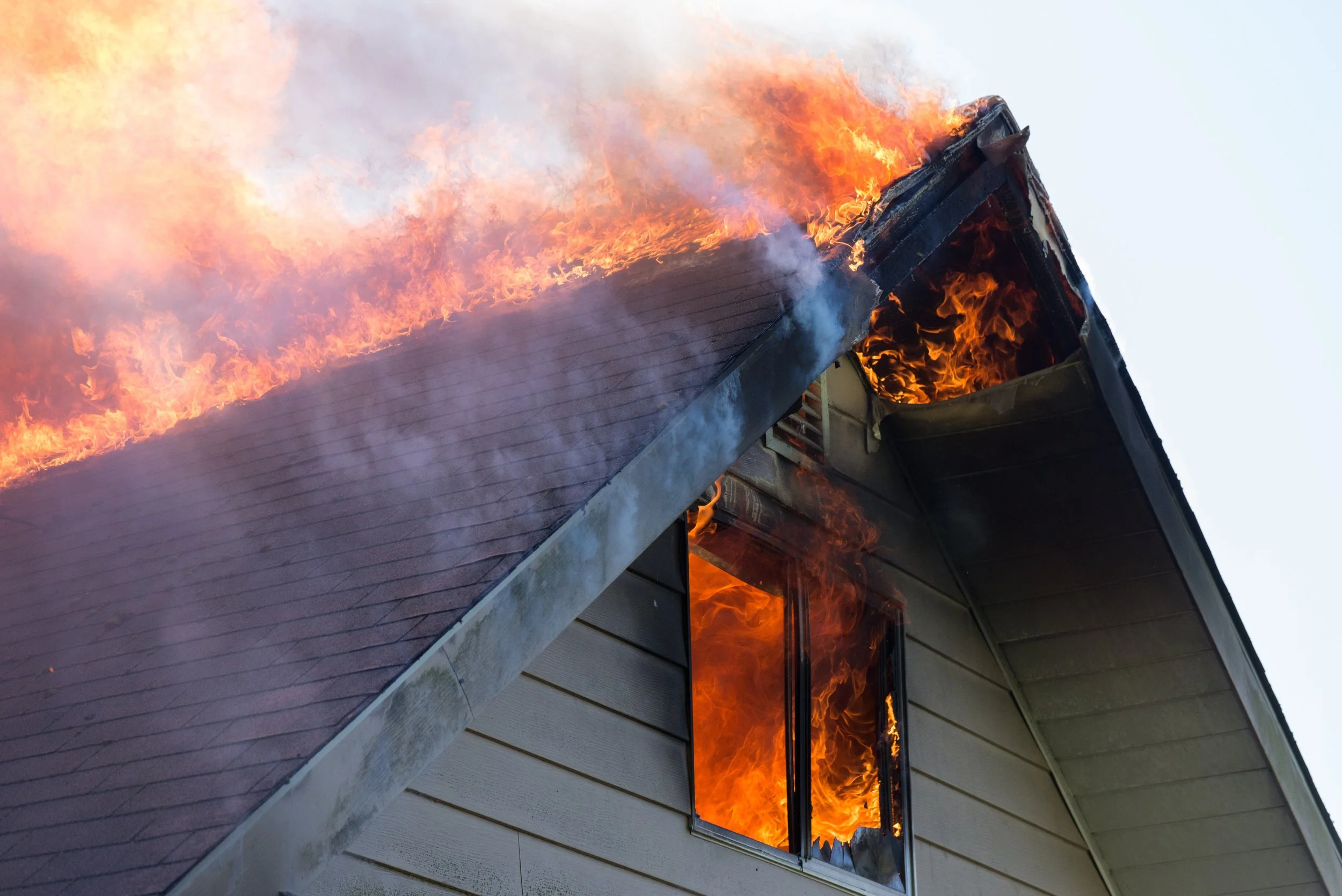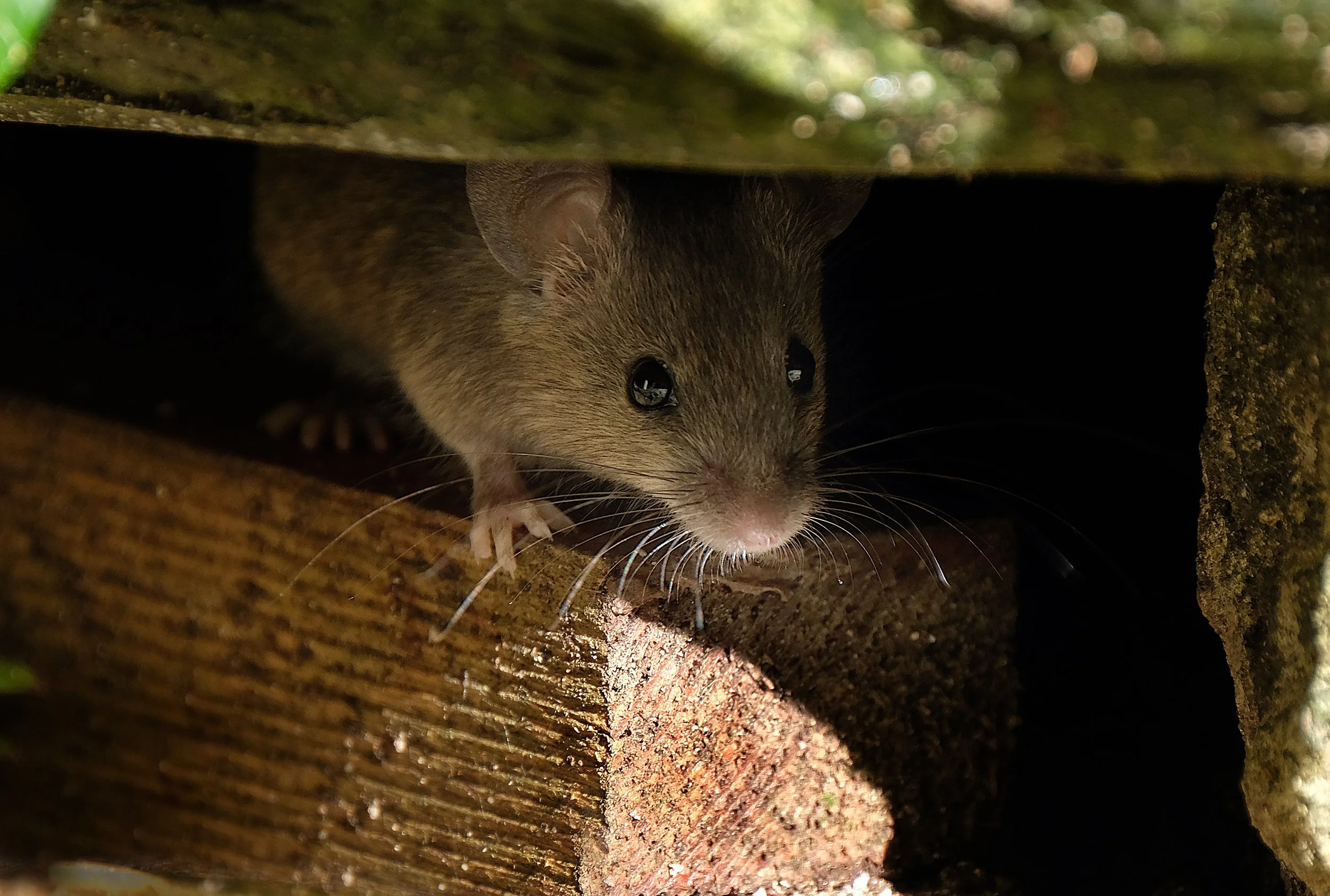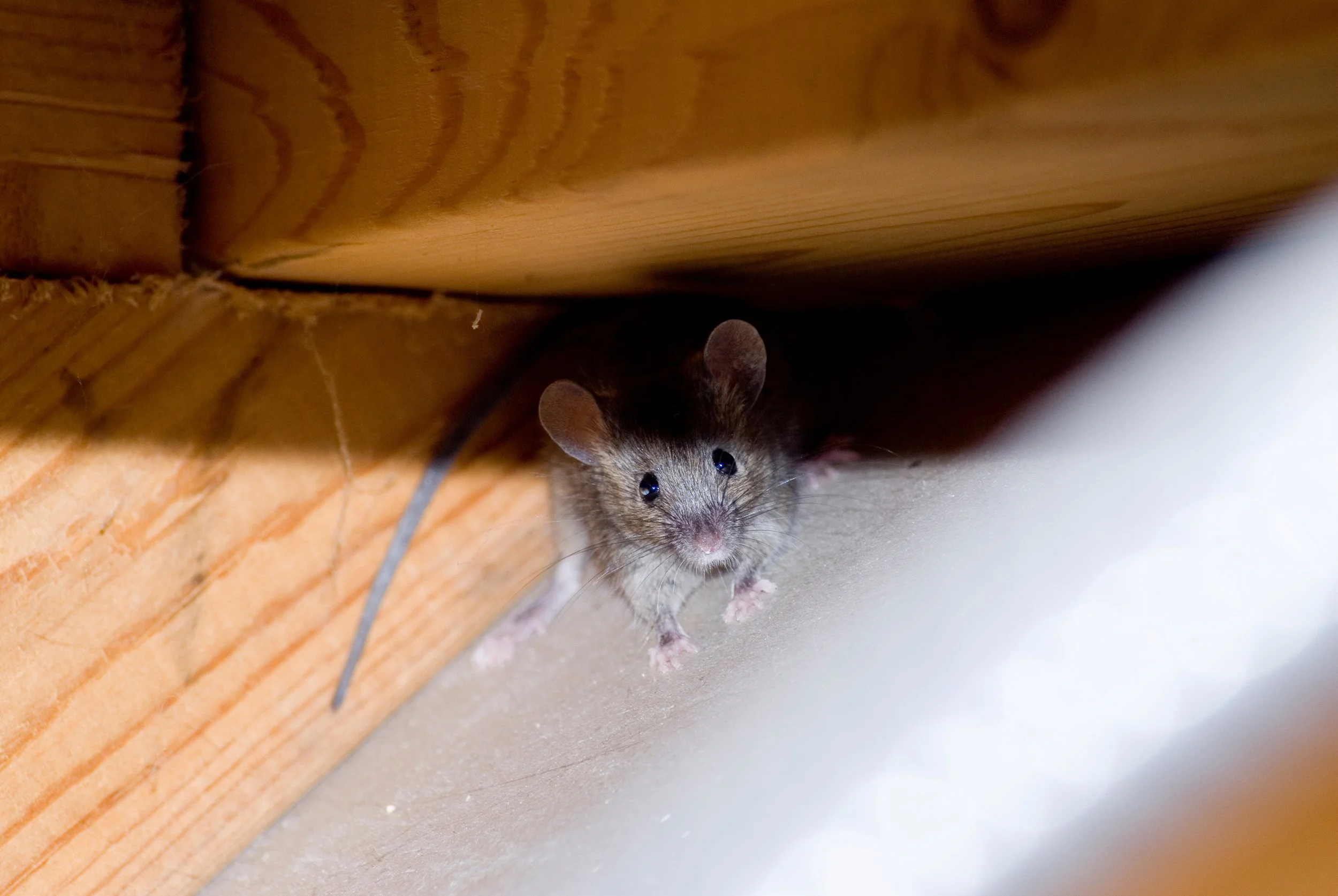
SQUIRRELS
About Squirrels
Squirrels are small to medium-sized rodents. They live in many places, including cities, forests, and parks. There are over 200 species of squirrels, categorized into three main types: tree squirrels, ground squirrels, and flying squirrels.
Tree squirrels are the most familiar, seen running through backyards and parks. They have long bushy tails and are excellent climbers, using sharp claws to scale trees easily. Ground squirrels usually live in burrows and are found in open fields, where they are social and live in groups. Flying squirrels can't truly fly but can glide from tree to tree using a membrane that stretches between their wrists and ankles.
Squirrels eat a variety of foods, mainly nuts, seeds, fruits, and sometimes insects. They often store extra food in different spots to survive winter, which also helps forests grow, as forgotten seeds can sprout into new plants.
Why are Squirrels a Nuisance Animal?
Squirrels are highly adaptive and can thrive in both urban and suburban environments, often coming into close contact with human habitats. This proximity can lead to various problems.
They can cause significant damage to homes and buildings. They are known to chew through wires, insulation, and wood, potentially leading to costly repairs and increased fire risks due to exposed electrical wiring.
Their nesting behavior can create issues. Squirrels often seek shelter in attics, chimneys, or wall cavities, which can lead to obstruction, noise disturbances, and further property damage. Their nesting materials can block ventilation systems, contributing to potential health risks.
Squirrels can also affect gardens and landscaping. They often dig up bulbs, eat fruits, and disturb soil, negatively impacting plant growth and the aesthetic of gardens.
Finally, squirrels can contribute to local wildlife conflicts. Their presence may attract predators or lead to competition with other wildlife for food sources, impacting overall ecosystem balance.
How can 10-Eleven Nuisance Wildlife Control solve my Squirrel problem?
We can utilize a variety of methods to manage squirrel populations and prevent them from causing damage to your property.
Inspection: A thorough assessment of the property is conducted to identify signs of squirrel activity, such as droppings, nesting materials, or chewed areas. The inspection also pinpoint potential entry points where squirrels may be gaining access to attics or other parts of the structure.
Exclusion: To prevent squirrels from entering buildings, we will recommend and implement exclusion techniques. This may involve sealing holes, gaps, and cracks with materials like metal mesh or caulk to ensure that no new access points are created.
Trapping: If squirrels are already present within a property, trapping is a common method used for removal. Traps are strategically placed in areas where squirrels have been observed. Once caught, the squirrels are removed in accordance with local regulations.
Damage Repair: After removal, it is advisable to repair any damage caused by the squirrels. This includes fixing insulation, chewing on wires, or structural damage, preventing future problems.
Ongoing Monitoring: We may recommend ongoing monitoring of the property to ensure that squirrels do not return. This may involve regular inspections and preventative measures based on the property’s vulnerabilities.
Got Squirrels?
Contact 10-Eleven Nuisance Wildlife today!
